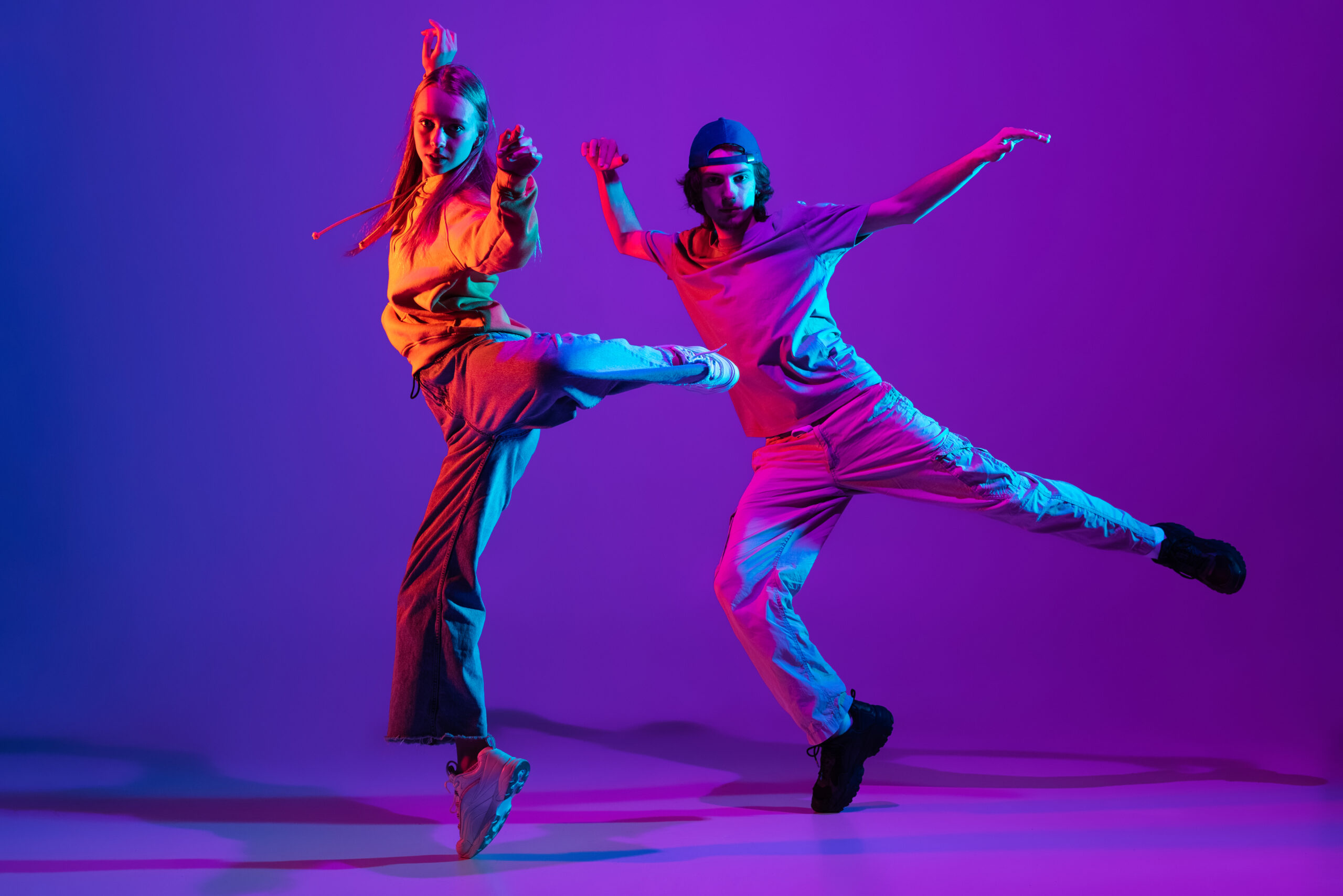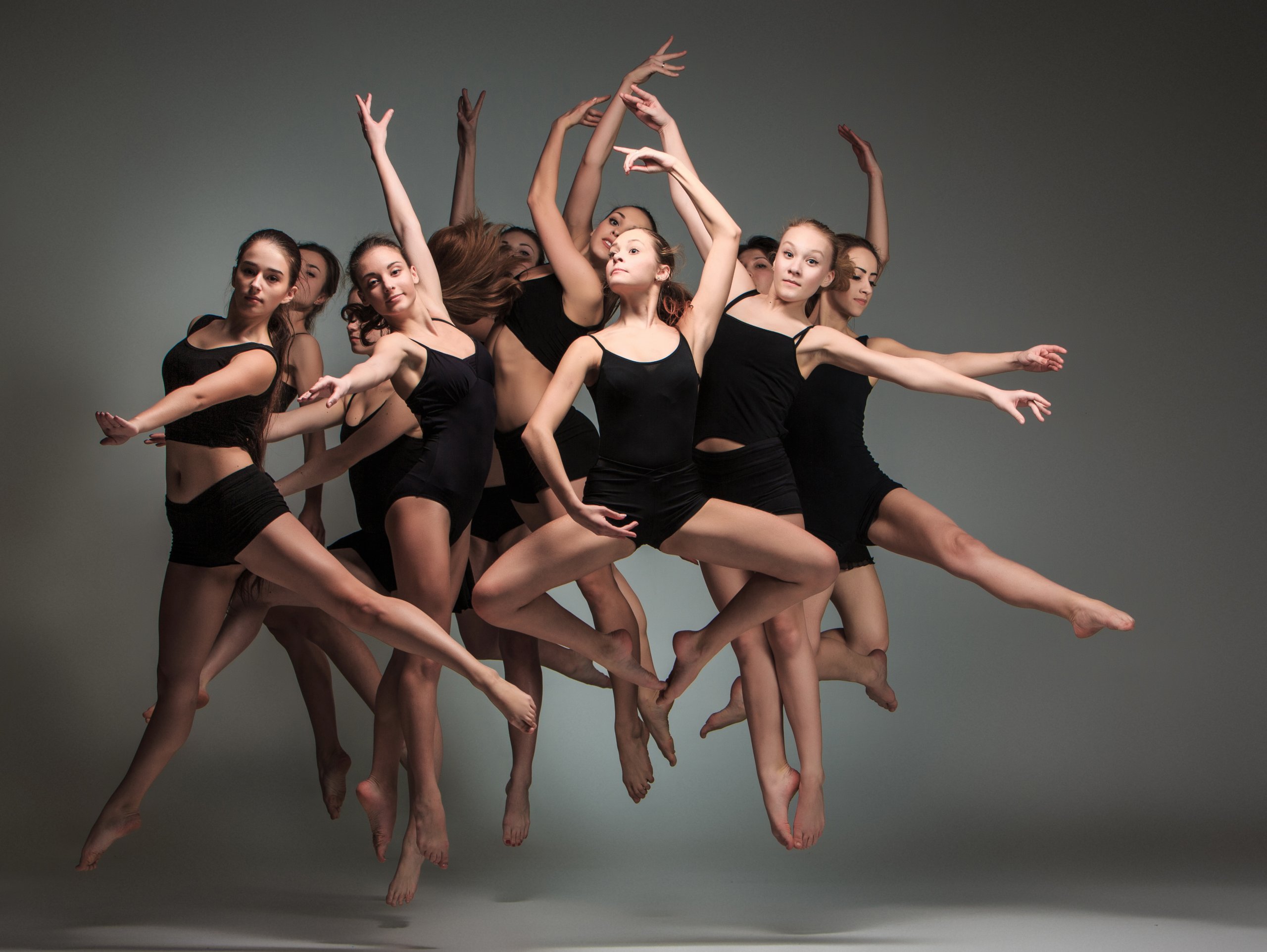Dancing With The Stars Judges - The Show's Heartbeat
The rhythm of a television show, especially one as lively as Dancing with the Stars, really depends on certain key elements that bring it to life, and frankly, the people who sit at the judging panel are very much at the core of that vibrant energy.
Their role goes far beyond simply giving out scores; they seem to embody the very spirit of what makes dance a compelling performance to watch, offering insights that guide both the dancers and those watching from home. It is almost as if their presence itself helps to shape the experience for everyone involved, making sure each movement and expression finds its true appreciation.
Think about how dance itself is a way of moving the body in a rhythmic way, often to music, inside a certain area, with the aim of showing a feeling or an idea, or just letting go of energy, as a matter of fact. The judges on the show are the ones who truly grasp these deeper meanings, seeing beyond just the steps to the genuine emotion and story a dancer tries to tell. They bring a wealth of background knowledge and a keen eye for what makes a performance truly stand out, helping us all to better appreciate the art form as it unfolds.
From the very first steps of a beginner trying to find their footing to the polished moves of someone with a lot of practice, the judges provide that important feedback, you know, that helps everyone grow. They are the ones who help us see the precision in a ballet turn or the passion in a salsa, acting as guides for what makes a dance truly special. Their combined wisdom and insight are, in some respects, the very core beat that keeps the show moving forward, ensuring that the essence of dance is always felt.
Table of Contents
- What Makes the Dancing with the Stars Judges So Important?
- The Heartbeat of Movement - How Judges Shape the Show
- Do the Dancing with the Stars Judges Really Feel the Rhythm?
- Evaluating the Art - The Judges' Role in Dancing
- How Do the Dancing with the Stars Judges Influence Learning?
- Connecting with the Audience - The Judges' Beat
- The Heartbeat of Experience - What Judges Bring
- Why are the Dancing with the Stars Judges the Show's Pulse?
What Makes the Dancing with the Stars Judges So Important?
The judges on Dancing with the Stars hold a position that is quite central to the entire show's flow, you know, much like the main pulse that keeps a living thing going. They are the ones who watch each sequence of body movements, looking for that special aesthetic quality or the symbolic meaning that dance can carry. It is not just about counting steps; it is about feeling the spirit of the performance, seeing how well the dancers convey a message without saying a single word. So, their opinions guide how we, the viewers, perceive the art that unfolds before our eyes.
When someone steps onto that floor, whether they are just starting out or have years of practice, the judges are there to gauge the effort and the artistic intent. They really are, in a way, the keepers of the dance form's standards, making sure that what is presented holds true to the qualities that make dance a powerful way to express oneself. This includes everything from the graceful sway of a ballroom routine to the sharp, energetic moves of hip hop, as a matter of fact. They bring a deep understanding of what makes a dance truly connect with people.
- Julia Louis Dreyfus Birthdate
- Antonia Gentry Age
- Hallie Eisenberg Movies
- Chad Lowe Actor
- Trinity Rodman Sports Achievements
Their importance also comes from their ability to communicate what they see, helping both the performers and the audience grasp the finer points of a routine. They can point out where a dancer has truly poured their heart into a move or where a bit more practice might help a movement flow better. This guidance, you see, is what helps the show keep its genuine connection to the art of dance, ensuring that every performance is judged with a discerning eye and a deep appreciation for the effort involved.
The Heartbeat of Movement - How Judges Shape the Show
The way the judges assess the movement of the body in a rhythmic way, usually to music, within a given space, is pretty much what shapes the very core of the show. They are looking for how well a dancer uses their body to tell a story or to express a feeling, or even just to let go of some energy, which is, you know, a big part of what dance is all about. Each gesture, each turn, and each step is weighed against what makes a dance truly meaningful and impactful. This careful observation ensures that the show remains true to the art form.
They act like a living, breathing guide, showing us what makes a performance not just technically sound but also emotionally resonant. For instance, when a dancer performs a ballet piece, the judges are looking for that specific grace and controlled power, while a tap dance needs that clear, sharp rhythm. They understand the unique qualities of each dance style, from the free-flowing hip hop to the structured elegance of ballroom, and this understanding, you see, helps them provide fair and insightful comments.
Their collective experience and knowledge create a kind of pulse that runs through every episode. They help to highlight the passion and the precision, making sure that the audience appreciates the skill and artistry involved. It is their critical eye that helps maintain the show's integrity, reminding everyone that while it is entertainment, it is also a celebration of dance as a profound way of human expression. This makes their comments, in a way, a crucial part of the show's ongoing story.
Do the Dancing with the Stars Judges Really Feel the Rhythm?
It is fair to wonder if the people who sit on the Dancing with the Stars judging panel truly feel the underlying rhythm of each dance, beyond just seeing the steps. The answer, as a matter of fact, is yes, they absolutely do. Their role is to sense the pulse of the music and how well the dancers move in sync with it, making sure that the body movements are not just random, but are purposefully selected to match the musical flow. They are listening for that connection between sound and motion, that essential harmony that brings a performance to life.
A dance is, after all, the movement of the body in a rhythmic way, usually to music, and the judges are experts in this connection. They can tell if a dancer is truly immersed in the beat or just going through the motions. This sensitivity to rhythm is what allows them to comment on the emotional impact of a piece, because a dance that is truly in time with the music often conveys its message more strongly. So, they are not just watching; they are listening and feeling the very flow of the performance, you know.
Their ability to feel and assess this rhythmic connection is what makes their feedback so valuable. They might point out a moment where the timing was perfect, or where a slight delay broke the spell of the dance. This deep understanding of rhythm ensures that their evaluations are not just about technique, but about the overall feeling and spirit that the dancers bring to the floor. It is, in some respects, their own internal heartbeat that helps them recognize the heartbeat of the dance.
Evaluating the Art - The Judges' Role in Dancing
The judges hold a significant role in evaluating dance as an art form, looking at it as sequences of body movements with aesthetic and often symbolic value. They are there to see if the movements, whether they are improvised or purposefully selected, truly convey an idea or emotion, or perhaps simply a release of energy. It is a nuanced task, requiring them to look beyond just the surface to the deeper layers of meaning within each performance, and that, you know, is what makes their input so valuable.
They consider the entire presentation, from the initial posture to the final flourish, paying attention to how each dancer uses their body to communicate. This means assessing the fluidity of a waltz, the sharp precision of a tango, or the raw power of a contemporary piece. Their critiques often highlight the moments where the art truly shines through, or where a dancer could push a bit further to fully express their intent. They are, in a way, guardians of the artistic standards.
Their comments help to educate the audience about what makes a dance not just a series of steps, but a compelling story or a powerful expression. They might speak about the narrative arc of a performance or the emotional journey it takes the viewer on. This focus on the artistic side ensures that the show remains a celebration of dance in its purest form, recognizing the skill and feeling that goes into every single routine, as a matter of fact.
How Do the Dancing with the Stars Judges Influence Learning?
The Dancing with the Stars judges, through their comments and scores, actually play a very real part in how people learn about dance, both the performers on the show and those watching at home. When they offer their thoughts, they are giving what amounts to a master class in real time, breaking down complex movements and explaining what makes a performance truly stand out. This kind of feedback, you know, is incredibly helpful for anyone trying to understand the nuances of various dance styles.
Think about how people learn to dance: often through step-by-step videos, beginner lessons, or helpful tips online. The judges' critiques are like those very specific, personalized lessons. They might highlight a dancer's posture in a ballet routine or the hip action in a salsa, offering concrete examples of what to aim for. This detailed commentary helps performers refine their skills and gives viewers a better sense of what proper technique looks like across different forms, from jazz to ballroom.

Dancing Hip Hop - Origin, History & Steps

File:Ballroom dance exhibition.jpg - Wikimedia Commons

10 Most Popular Types of Dance - List of Top Dance Genres 2020 (2022)